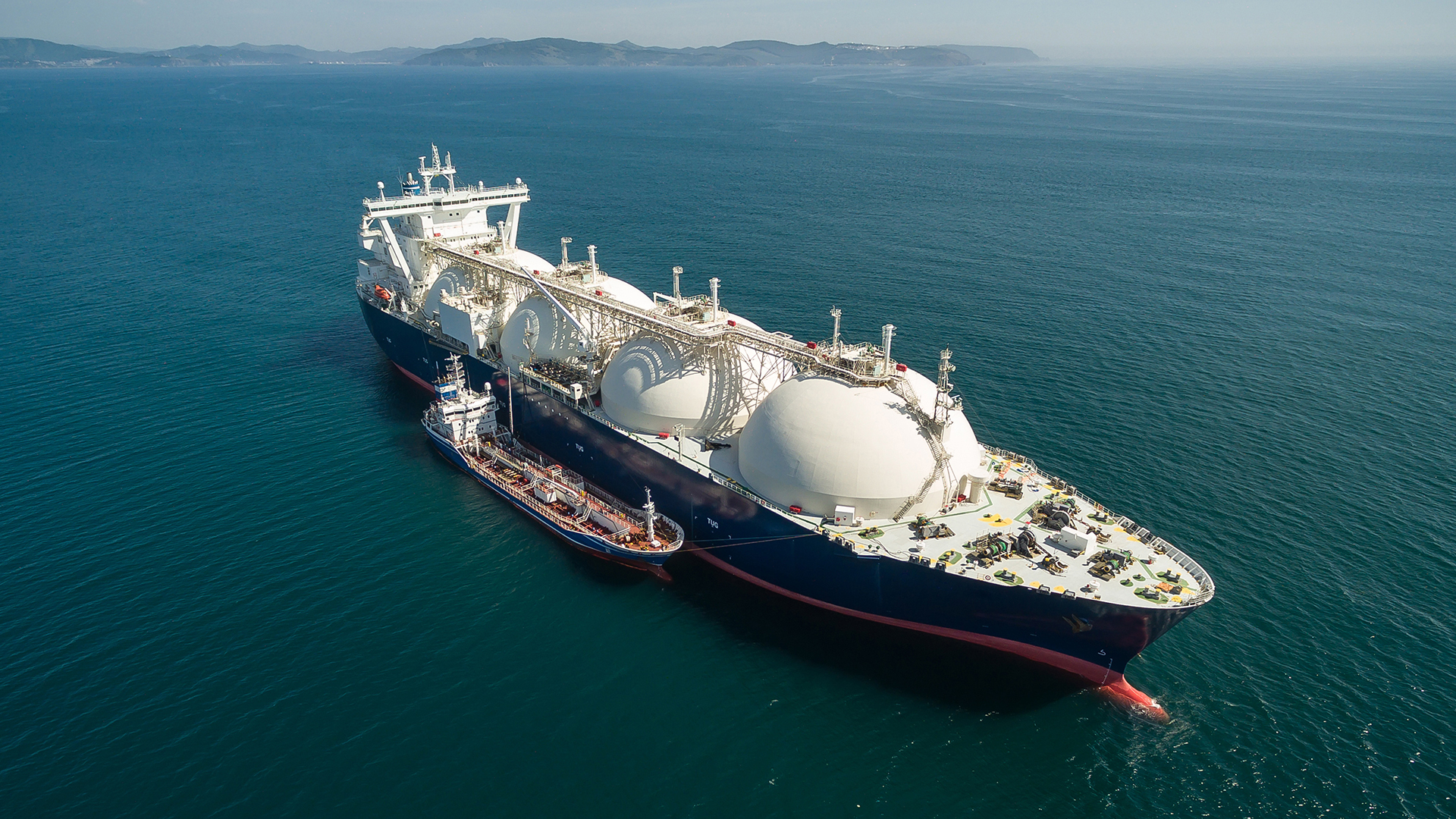
With oil and gas prices skyrocketing because of Russia’s invasion of Ukraine, there has been renewed excitement about the potential for liquefied natural gas (LNG) production in Canada. There have also been calls for the federal government to subsidize the infrastructure needed to increase East Coast LNG exports to capture the market opportunity and help our European allies through their energy crunch.
It is going to be difficult to watch Europe suffer through energy shortages and high prices, and Canadians will justifiably want to do “something.” However, it is important to remember that LNG projects are multi-billion-dollar endeavours that require years to build and decades of profitability to pay off. The EU will be moving quickly to reduce its reliance on natural gas.
Europe, energy security, and a new role for Canada
The potential for a new LNG project to generate long-term returns for investors, and jobs for Canadians, is dependent on how things play out in three areas: global climate policy; technology choice; and competitiveness. Trends across all three areas highlight growing investment risk.
The best chance of success lies in leaving investment decisions to the private sector, rather than shielding projects from risk through government subsidies.
Follow-through for substantial climate commitments?
If countries meet their commitments to achieve net-zero emissions by mid-century, the world has a good chance of keeping global average temperature increases to around two degrees Celsius above pre-industrial levels. Scientists argue the true goal should be 1.5 degrees, but even two-degree scenarios involve significant reductions in the use of oil and gas.
The track record on international climate commitments does not inspire confidence that countries will follow through, and Canada has been one of the worst offenders.
However, there are reasons to believe that the future may look different. Action on climate change is increasingly driven by economic and geopolitical interests as much as – if not more than – altruistic morality. Voters are also waking up to the costs of inaction on climate change, as the frequency, duration and intensity of flooding, fires, heat waves, and droughts grows. Private markets are increasingly building their own momentum, as costs of cleaner alternatives come down and fossil-fuel price volatility grows.
Betting that the global low-carbon transition will slow or stagnate is looking riskier.
Some technology pathways are better than others for LNG
All scenarios that meet global climate goals show declining oil and gas demand over time, but the timing of that decline varies considerably, depending on the assumptions made about technology choices along the way.
Figure 1 compares scenarios for natural gas demand in 2050 with demand in 2020, drawing on data gathered from various organizations for an energy outlook produced by Resources for the Future, a U.S.-based non-profit research institute.
There is wide variation in natural gas demand across scenarios in 2050, but a general downward trend. The Bloomberg New Energy Finance (BNEF) Gray scenario shows the greatest demand for natural gas, with assumptions that continued fossil fuel use is combined with carbon capture and storage technology to reduce emissions. At the other end, the lowest demand for natural gas is shown in the BNEF’s Red and Green scenarios, which assume a greater shift to zero-emission electricity and hydrogen. Scenarios from other organizations, including the International Energy Agency (IEA), fall somewhere in between.
The scenarios reflect ongoing uncertainty about the rate at which different technology costs will decline. In some sectors, it is already clear today which technology will win out. Passenger vehicles are going electric, and there is little chance of that changing. However, in other sectors – such as industry or heavy-duty trucking – the technology winner is less certain. Electrification, hydrogen, biofuels, carbon capture and storage, small modular nuclear, battery storage and more are all jockeying for position.
Betting on the extreme technology pathways – which involve reliance on one or two technologies – carries risk. Solar power, for example, has shown how quickly technology can change once investment starts flowing. It went from a niche, high-cost technology to being cost-competitive with traditional power within a decade.
Volatile fossil fuel prices are also making it more attractive for consumers to accelerate their shift toward low-emission alternatives.
There is no guarantee Canadian suppliers will be competitive
Scenarios with the greatest long-term demand for natural gas assume a slower transition in China, India and other emerging economies, which tends to favour West Coast LNG projects. More than 40 per cent of the natural gas produced in Canada now is exported to the U.S., which would be a declining market under all scenarios.
For Canadian producers to be competitive in global LNG markets, they need to be cost-competitive, including transportation costs, with international alternatives. Australia, Qatar and the U.S. are all ramping up LNG export capacity. Canada is poised to get a few projects going, but will face challenges in breaking into the market.
The highest-cost producers will be the first to fall if global LNG demand declines, making investments a high-stakes gamble.
LNG projects have a better chance of long-term success without government support
With many risks facing an LNG project, private investors will focus on the lowest-cost projects with the greatest chance of realizing a return. If government subsidies are added to the mix, projects that are less likely to be competitive – and thus less resilient to shifting market demand – could move forward. If those projects don’t make it, taxpayers are not only short the money invested but they also miss out on the benefits that could have been realized from investing the funds elsewhere.
That is likely why Prime Minister Justin Trudeau and German Chancellor Olaf Scholz focused their energies on green hydrogen (a non-emitting fuel produced from renewable energy) during their recent meeting. The same global scenarios that drive down demand for natural gas simultaneously increase demand for green hydrogen. Canada has a chance to get in on the ground floor in the nascent global market, while generating jobs in regions with high rates of unemployment. The added bonus is that increased production of green hydrogen will help, not hurt, domestic and international net-zero emission objectives. In fact, both countries have a chance to accelerate demand for hydrogen through domestic climate policies, increasing the chances of success for hydrogen producers.
Hydrogen projects still face market risks, but government support is better focused on skating to where the puck is going rather than where it has been.










